AO Edited
Throne of Denmark
Opulence and fantasy collide in this royal chair which is supposedly made with unicorn horns.
As thrones go, it is hard to beat the Throne of Denmark for ambitious construction with its exposed “unicorn” horn and life-size silver lions as its constant companion.
Constructed in the late 1600s (long after unicorns supposedly missed the ark) the physical seat of the monarchy of Denmark’s power is a grand throne straight out of a fantasy novel. The regal white throne was originally constructed as a large wooden chair with arches and an intricate canopy, with the extravagant flourish being the spiraling legs and spokes which were said to be made of actual unicorn horn.
In reality, no mythical beasts were harmed in the making of the furniture piece, but instead the horns were narwhal tusks which were often passed off as the product of a magical horse in those days. Later kings would add gilded figures who perch on the arm and backrest of the throne adding an extra level of luxury to the seat, but much of its notoriety still stems from the seemingly magical building material.
The throne was inspired by the biblical Throne of Solomon which was fabled to be guarded by 12 lions, and to reflect that aspect, the throne is always accompanied by three massive silver lions. The life-size sculptures are arrayed around the throne in resting positions and feature solid gold eyes, manes, and rumps.
The Throne of Denmark was mainly used for coronation ceremonies before they were largely omitted from the country’s royal practices, and now the magical seat is simply a wondrous museum piece even though it still acts as the representative seat of the monarchy.
Update as of August 2021: The white throne has temporarily moved to the sister castle Koldinghus in Kolding, 144 miles (232 kilometers) west of the Danish capital. There it will stay “for a year or so” before returning to its Copenhagen home at Rosenborg Castle, according to the museum staff.




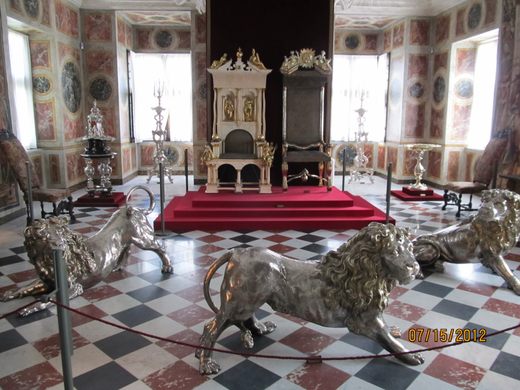




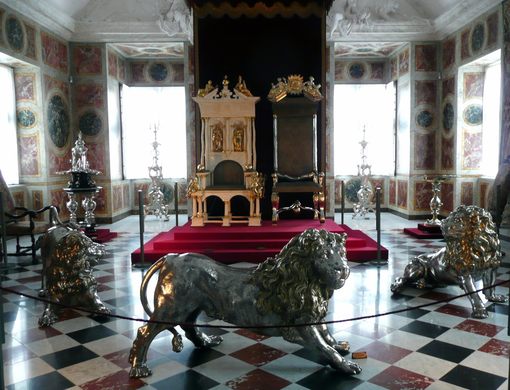













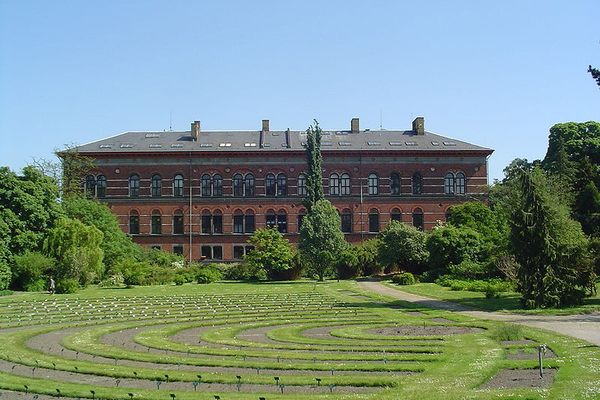
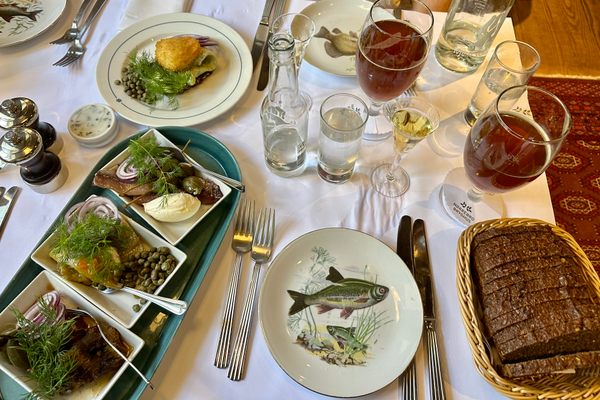
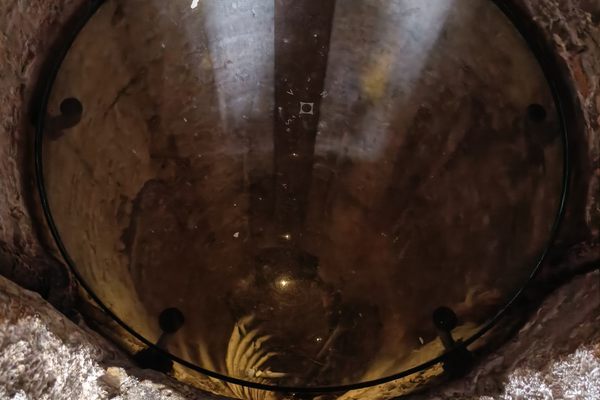


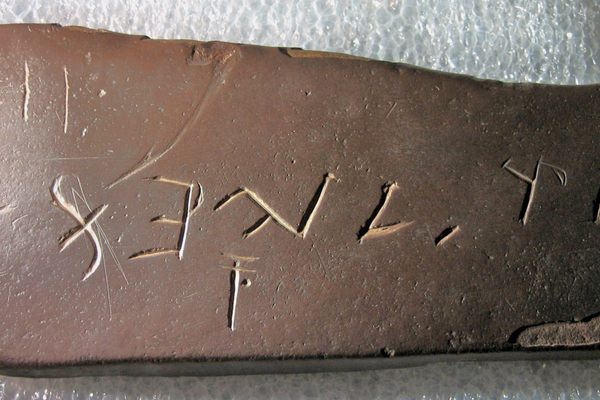



Follow us on Twitter to get the latest on the world's hidden wonders.
Like us on Facebook to get the latest on the world's hidden wonders.
Follow us on Twitter Like us on Facebook